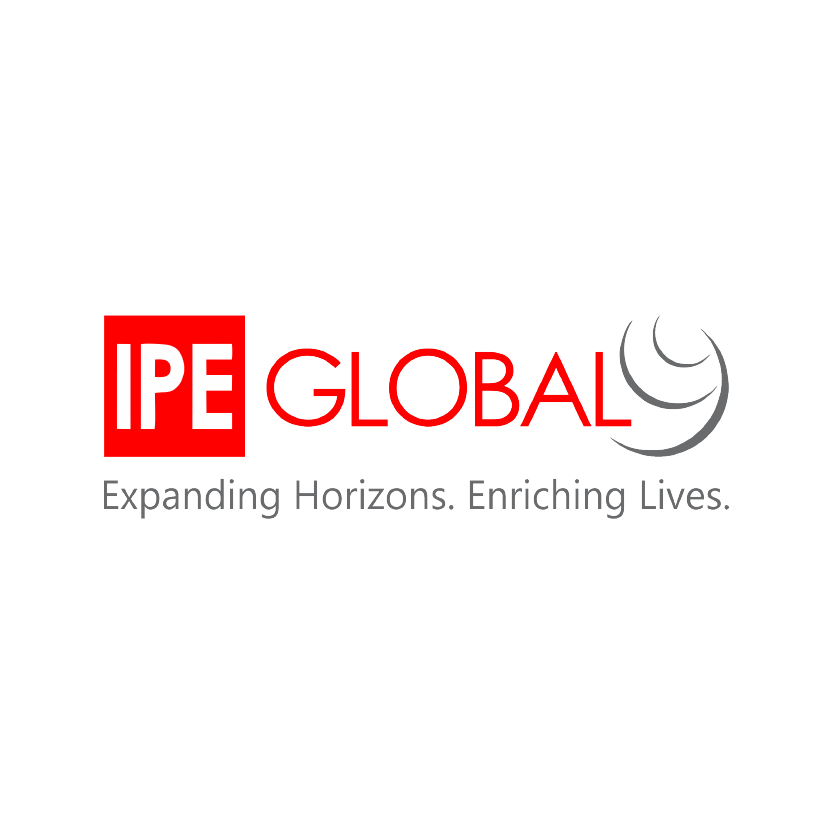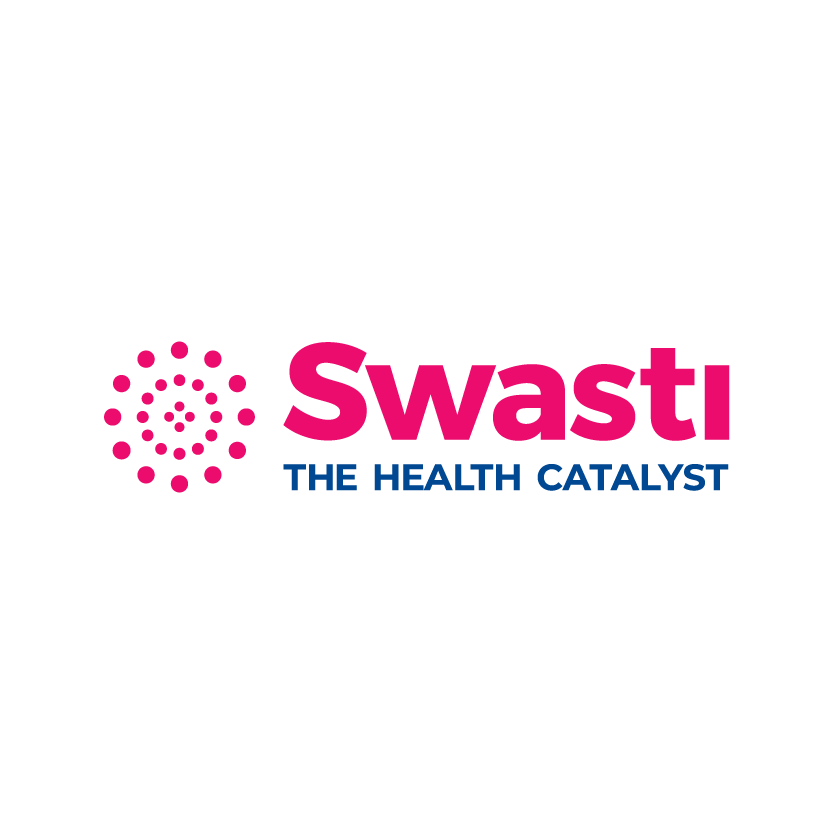|


This section collates recent developments impacting the health sector in India.
News & Updates
FILTER
BY THEME
FILTER
BY CATEGORY
View All
The Byte | Volume 4
Disclaimer: This website is made possible by the support of the American People through the United
States Agency for International Development (USAID). The Learning4impact partnership is supported by
USAID/India Health Office, under Cooperative Agreement # 72038618CA00001 with Swasti. The
information provided on this website is not official U.S. Government information and does not
necessarily represent the views or positions of USAID, the United States Government, or Swasti.


 EXPLORE DATA
EXPLORE DATA 







































